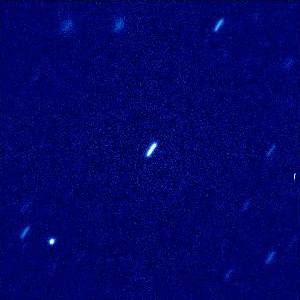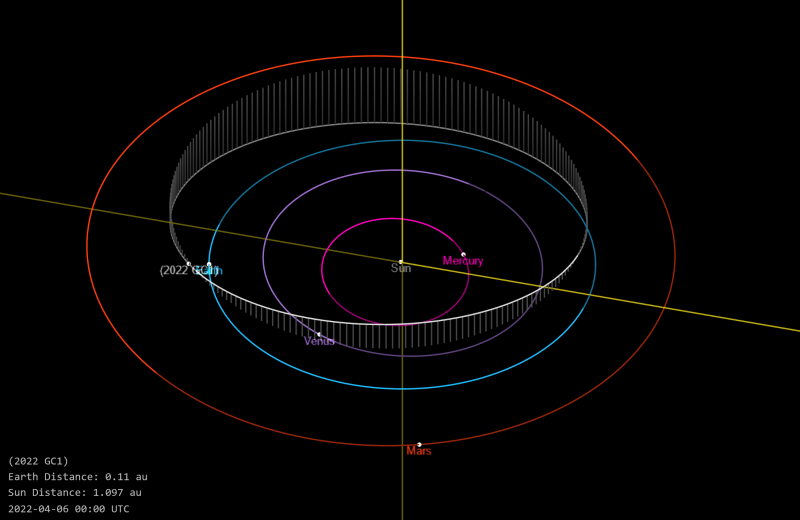A Rapid Response System Experiment performed at TNG within NEOROCKS project
The NEOROCKS (Near-Earth Object Rapid Observation, Characterization and Key Simulations) is an European project, funded by the Horizon 2020 UE program. Its aim is to increase our knowledge of the physical properties of the small celestial bodies approaching our planet (known as NEO: Near Earth Objects), which can occasionally pose a collision risk with the Earth. NEOROCKS is an international consortium, involving Italy, France, UK, Czech Republic, Spain, Romania and Poland, and coordinated by INAF.
TNG has been involved, as INAF infrastructure, in an experiment of “Rapid Response System”, aimed at the optimization of the consortium capability to rapidly implement a NEO “discover-and-characterize” chain. In the night between 3rd and 4th of April DEIMOS and SpaceDys, in close coordination with ASI and INAF (all are partners of NEOROCKS project), performed highly automatized astrometric observations of a sample of newly discovered NEOs, rapidly disseminating the information within the whole consortium in order to perform quick follow-up observations of the targets’ physical properties.
Among the observed targets, asteroid 2022 GC1 has been the subject of a rapid DDT request to TNG. Observations have been activated and performed in the night between 5 th and 6th of April: despite a high proper velocity (around 200 arcsec/hour), the asteroid has been targeted and standard BVRI photometry successfully obtained.

Images of 2022 GC1 obtained with TNG-DOLORES in the night of 5th April (R filter). The interval between first and last image is 6 minutes.
The present orbital solution foresees for 2022 GC1 a perihelion passage at 0.7 au, on 2022-June-21. At the time of observations, 2022 GC1 was at 1.1 au from the Sun and 0.12 au from our planet.
This work was undertaken by a team led by Elisabetta Dotto, INAF – Osservatorio Astronomico di Roma. Observations have been coordinated by Davide Perna, INAF – Osservatorio Astronomico di Roma, leader of the NEOROCKS WP3 “Observations and Data Analysis”.
More information on the NEOROCKS project at www.neorocks.eu The project has been funded to address the topic c) “Improvement of our knowledge of the physical characteristics of the NEO population” of the call SU-SPACE-23-SEC-2019 from the Horizon 2020 - Work Programme 2018-2020 Leadership in Enabling and Industrial Technologies – Space.

Orbital diagram of the NEO 2022 GC1, showing also its position during the night of RSS experiment at TNG (credits: Horizon Database, NASA JPL).

